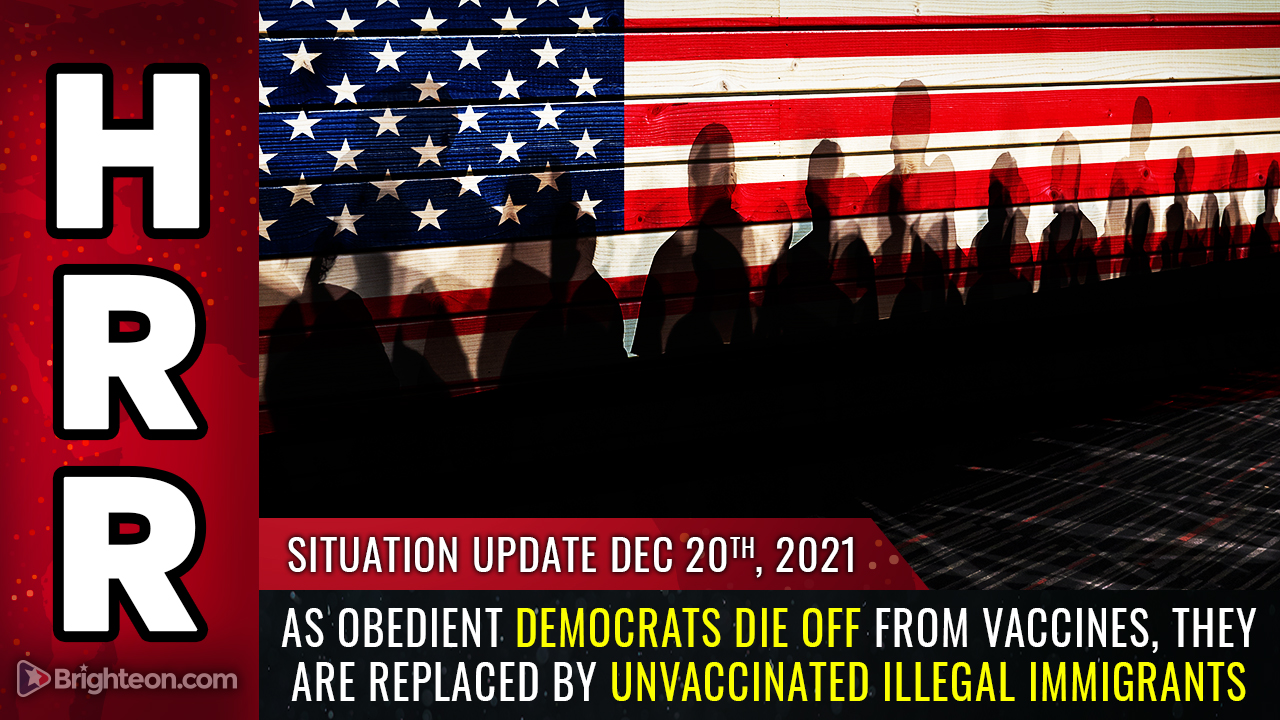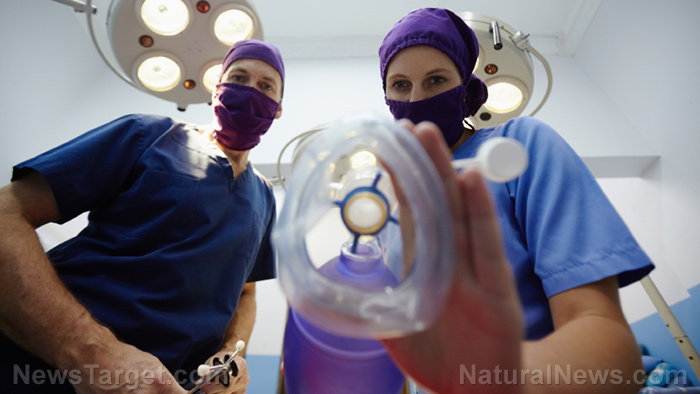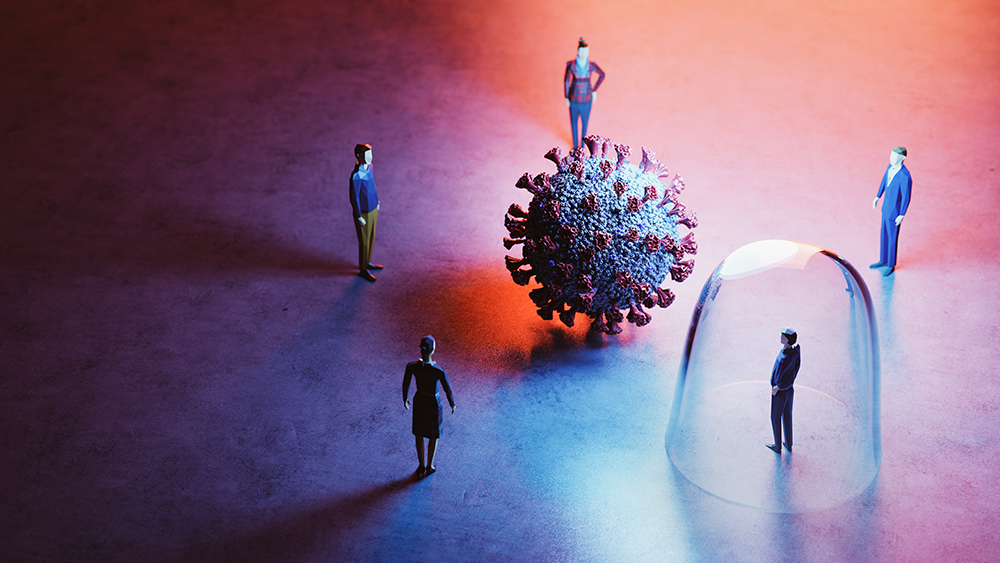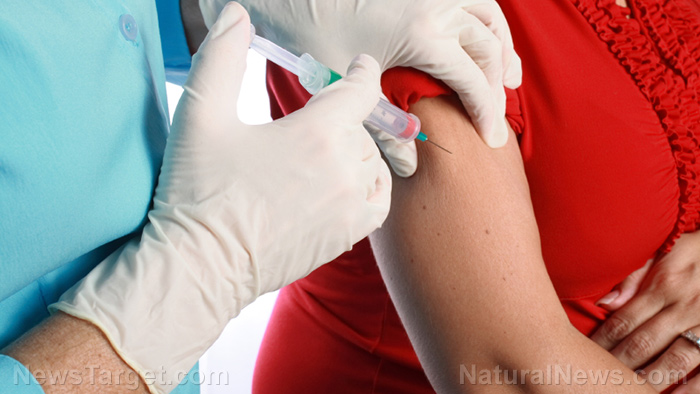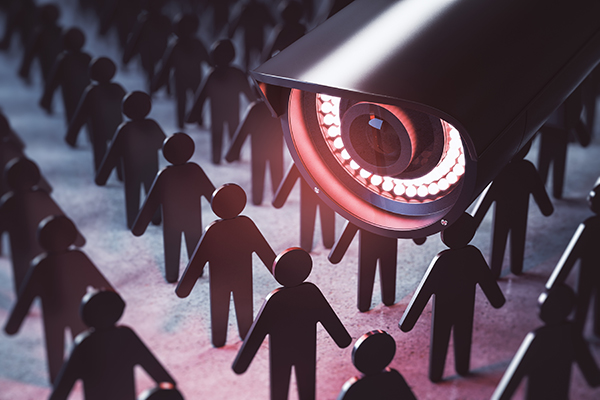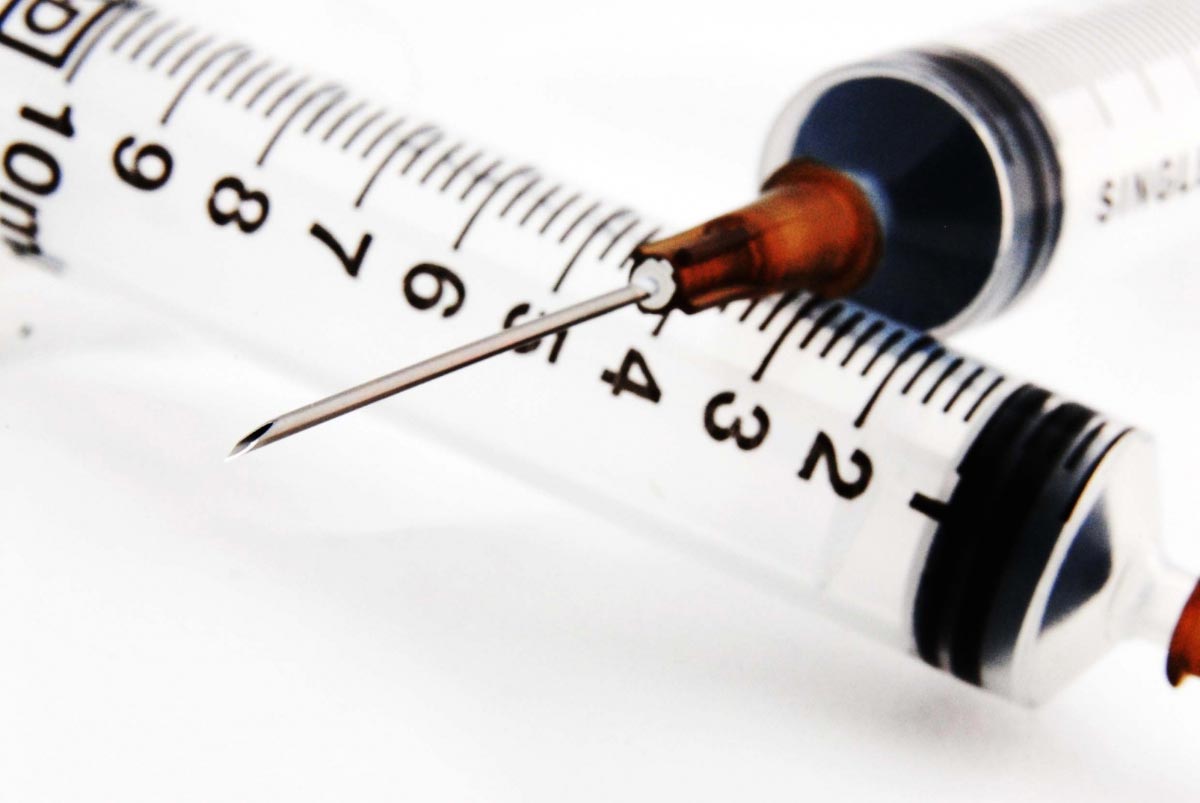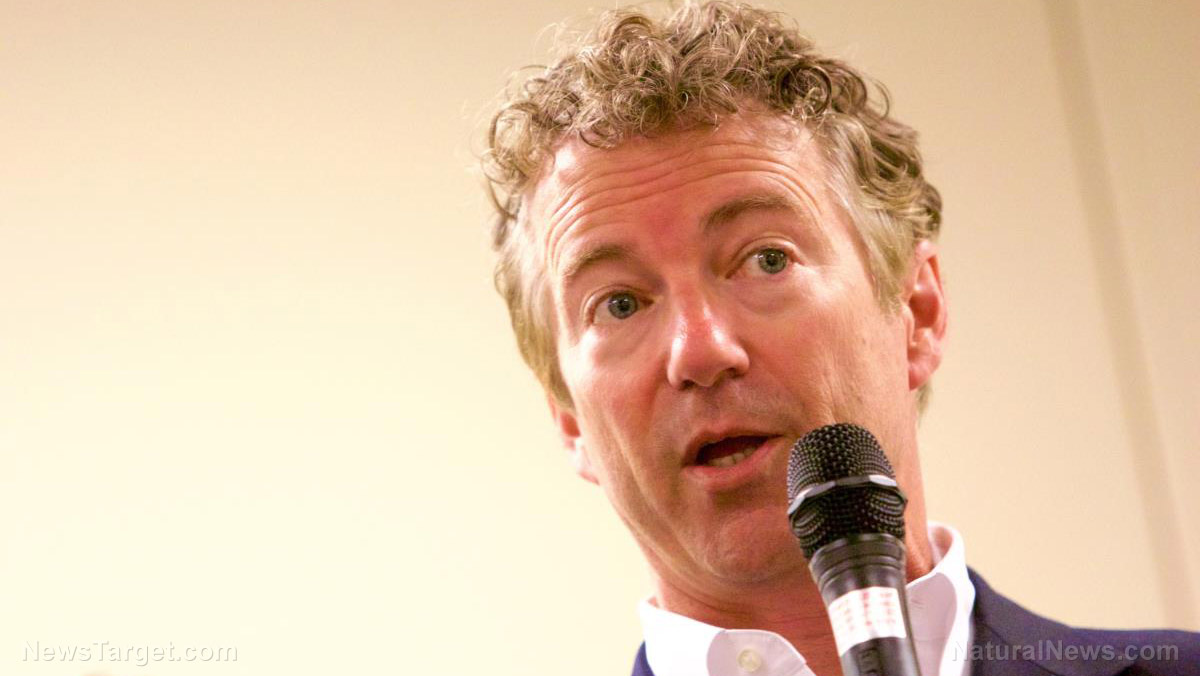Vaccine lotteries DON’T increase coronavirus vaccination rates – study
07/11/2021 / By Ramon Tomey

A number of U.S. states launched lotteries to encourage Americans to get the Wuhan coronavirus (COVID-19) vaccine. Under these lotteries, inoculated citizens had the chance to win huge cash prizes. However, a study has shown that these vaccine lotteries did not increase coronavirus vaccination rates at all – despite news reports claiming otherwise.
Researchers from the Boston University School of Medicine penned the study published July 2 in JAMA. They focused on the “Vax-a-Million” lottery in Ohio, which reports claim led to an increase in COVID-19 vaccinations in the Buckeye State. Despite intending to increase inoculations in the state, the study found that it was not linked to a rise in vaccinations.
The study authors looked at data from the Centers for Disease Control and Prevention to evaluate trends in vaccination rates among Americans 18 years old and above. They then compared vaccination rates before and after the Ohio lottery vis-à-vis other states that did not have similar programs yet. The vaccination rates in other states served as a “control” for trends measured in Ohio, permitting the researchers to account for other factors.
Study author Dr. Allan Walkey said: “Our results suggest that state-based lotteries are of limited value in increasing vaccine uptake. Therefore, the resources devoted to vaccine lotteries may be more successfully invested in programs that target underlying reasons for vaccine hesitancy and low vaccine uptake.”
News reports also claimed that Ohio’s example led other states to implement similar incentives as a response to declining vaccination rates. However, the study posited that the downtrend in vaccination rates “slowed to a greater extent in the U.S.” than in Ohio after the lottery was announced on May 12. It added that the expansion of vaccine eligibility to adolescents was linked to an increase in adult vaccination.
Walkey explained: “Prior evaluations of the Ohio vaccine incentive lottery did not account for other changes in COVID-19 vaccination rates in the U.S., such as those that may have been due to expansion of vaccination to ages 12 to 15.”
Vaccine lotteries put people’s lives at stake for cash
Walkey and his colleagues said identifying steps that can increase COVID-19 vaccination rates are necessary to curb the pandemic. “It is important to rigorously evaluate strategies designed to increase vaccine uptake, rapidly deploy successful strategies and phase out those that do not work,” he said.
Back in May, Ohio announced the “Vax-a-Million” promotion – which awarded $1 million to five Americans inoculated with COVID-19 vaccines. According to Gov. Mike DeWine, coronavirus relief funds from the federal government would be used for the lottery. He added that only adult residents would be eligible for the lottery draws that began on May 26.
The Ohio governor said that a separate lottery for those below 18 years old was in place. Winners of this other lottery could win a full four-year scholarship to one of Ohio’s state universities.
DeWine tweeted: “Truly, the real waste at this point in the pandemic – when the vaccine is readily available to anyone who wants it – is a life lost to [COVID-19].” (Related: SPOOKY: Health Ranger predicted “vaccine lottery” ten years ago, now Ohio just announced a $1 million vaccine lottery for experimental covid injections.)
But in spite of the hype surrounding Ohio’s vaccine lottery, it failed to boost COVID-19 vaccination in the Buckeye State. NBC News reported in late June 2021 that the state ended the lottery on June 23. Originally planned to end on July 7, the lottery was concluded a week earlier than planned without Ohio breaching the 50 percent vaccination threshold.
The report said DeWine’s May 12 announcement of the lottery led to a 43 percent increase in COVID-19 vaccinations in the state compared to the week prior. But the numbers went downhill instead of increasing. “Clearly, the impact went down after that second week,” DeWine said on June 23.
Despite the short-lived success of the vaccine lottery, the Ohio governor insisted that it contributed significantly to the state’s mass vaccination efforts. DeWine explained that it got Ohioans who were undecided or those who declined to get inoculated. (Related: STUPID: New Mexico residents are now participating in a vaccine lottery by receiving the coronavirus vaccine.)
As of June 23, about 5.5 million people have received either one shot of the Pfizer/BioNTech and Moderna mRNA vaccines or the single-dose Johnson & Johnson vaccine. About 5 million people – 43 percent of Ohio’s population – have completed the two-dose schedule for the mRNA vaccines.
Visit Vaccines.news to read more articles about Ohio’s vaccine lottery to promote COVID-19 vaccinations.
Sources include:
Tagged Under: cash incentive, coronavirus vaccine, covid-19 pandemic, full scholarship, Mike DeWine, ohio, vaccination rates, vaccine hesitancy, vaccine jihad, vaccine lotteries, vaccine lottery, vaccine wars, Vax-a-Million, Wuhan coronavirus
RECENT NEWS & ARTICLES
COPYRIGHT © 2017 HEALTH FREEDOM NEWS

